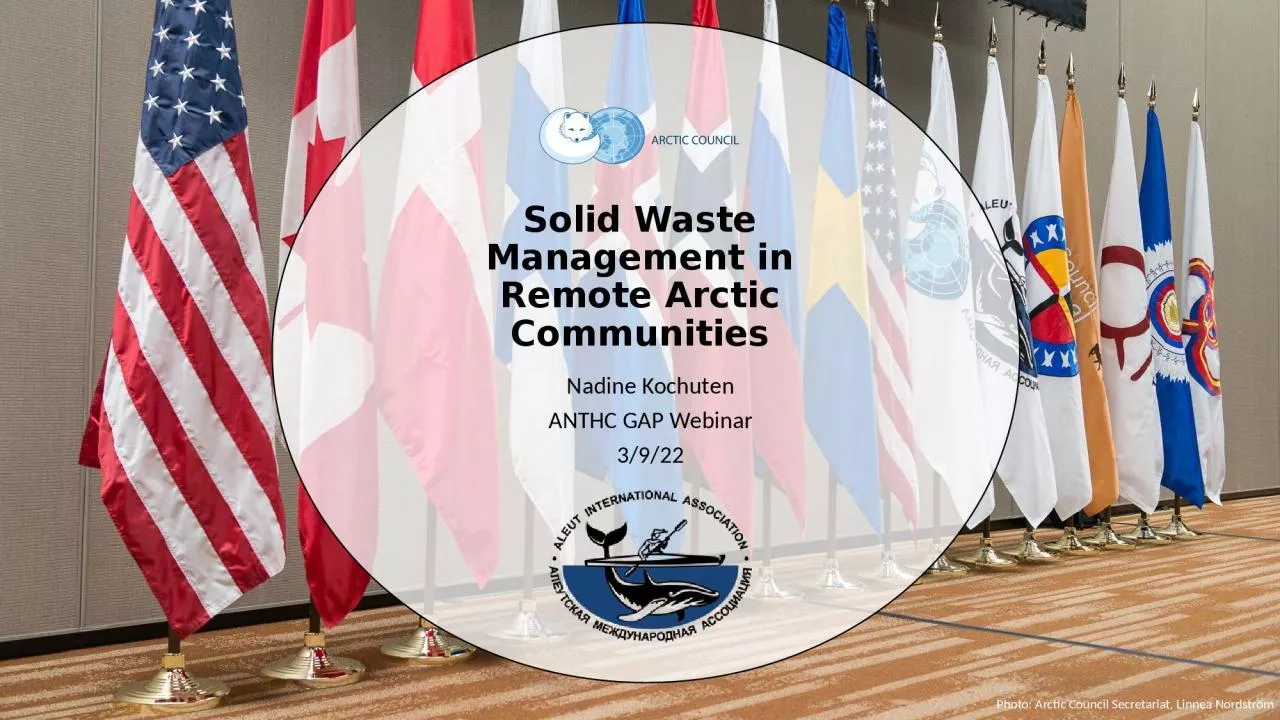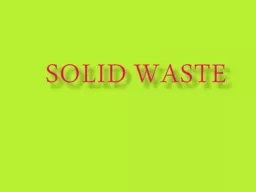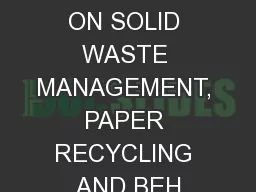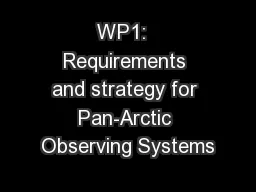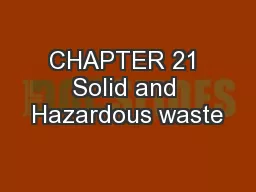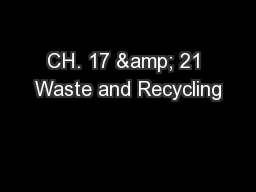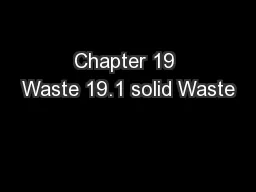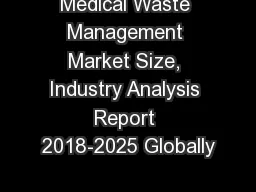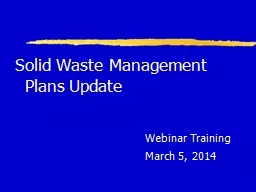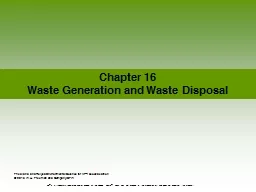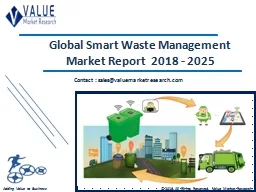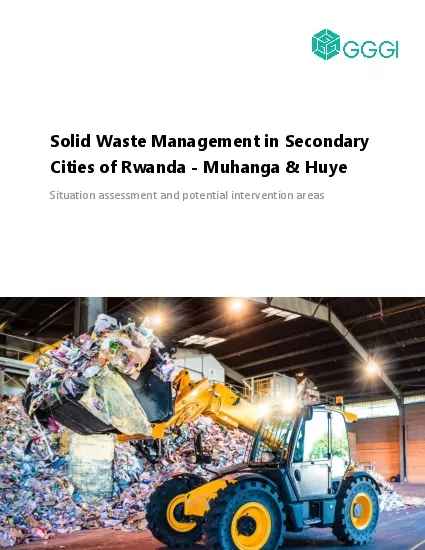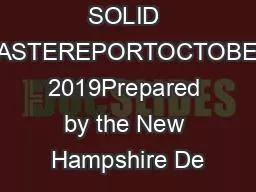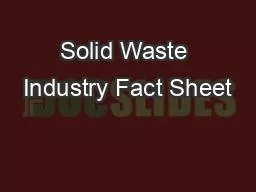PPT-Solid Waste Management in Remote Arctic Communities
Author : emmy | Published Date : 2022-06-07
Nadine Kochuten ANTHC GAP Webinar 3922 Photo Arctic Council Secretariat Linnea Nordström Solid Waste Management in Remote Arctic Communities Assessment created
Presentation Embed Code
Download Presentation
Download Presentation The PPT/PDF document "Solid Waste Management in Remote Arctic ..." is the property of its rightful owner. Permission is granted to download and print the materials on this website for personal, non-commercial use only, and to display it on your personal computer provided you do not modify the materials and that you retain all copyright notices contained in the materials. By downloading content from our website, you accept the terms of this agreement.
Solid Waste Management in Remote Arctic Communities: Transcript
Download Rules Of Document
"Solid Waste Management in Remote Arctic Communities"The content belongs to its owner. You may download and print it for personal use, without modification, and keep all copyright notices. By downloading, you agree to these terms.
Related Documents

